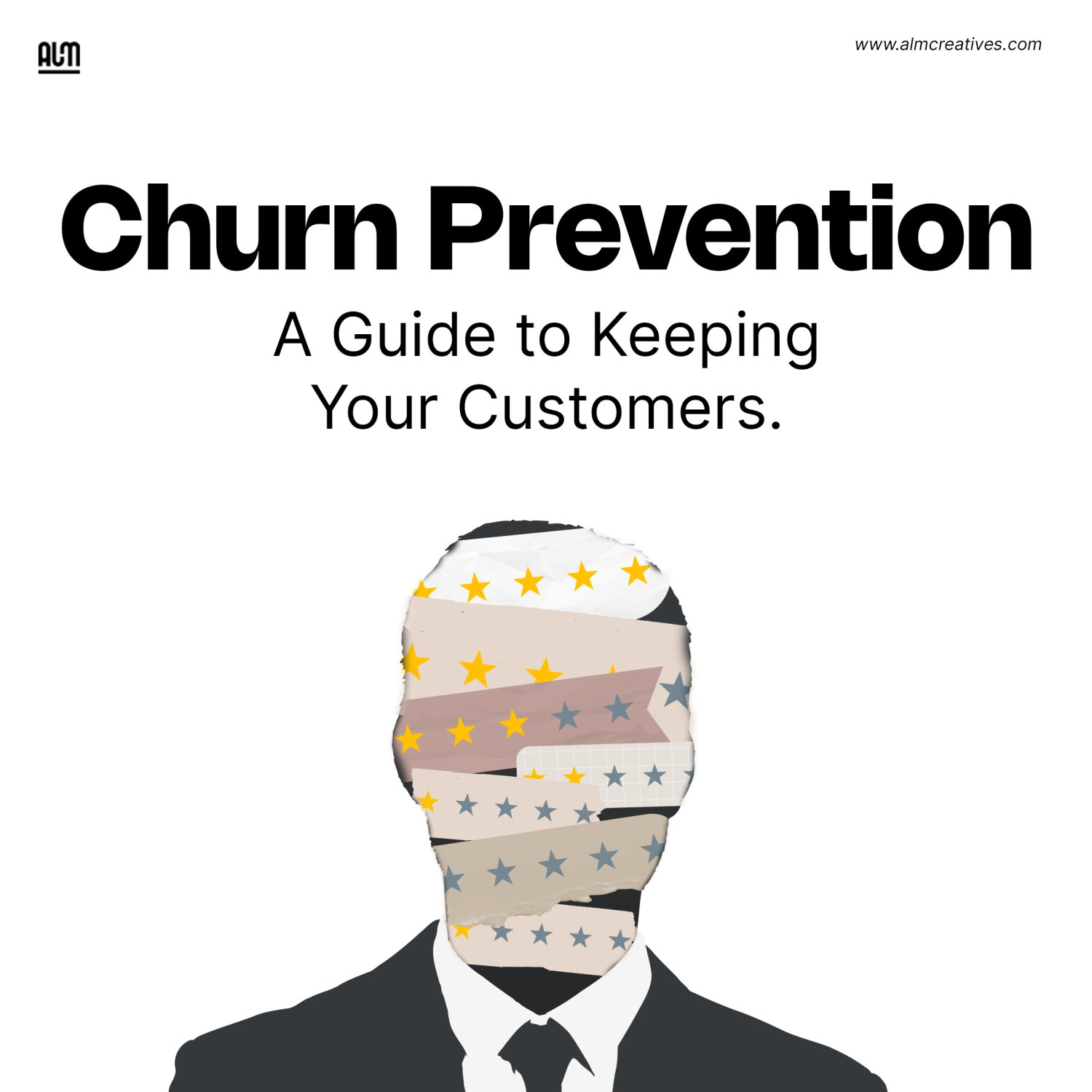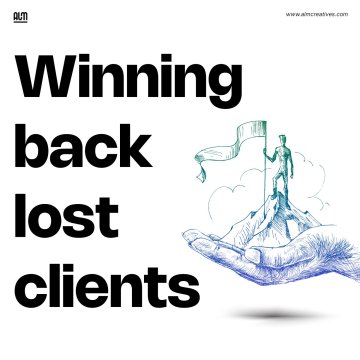Search
Churn Prevention: A Guide to Keeping Your Customers
Business and advices
Client churn, also known as customer attrition or turnover, refers to the phenomenon of clients discontinuing their business with a company and switching to a competitor or abandoning the product or service altogether.
Client churn is a common challenge faced by businesses across industries. Losing clients can have a significant impact on a company's revenue and growth potential.
Therefore, it is crucial for businesses to understand the reasons behind client churn and implement effective retention strategies.
The Importance of Understanding Client Churn
Client churn refers to the rate at which clients discontinue their relationship with a company or stop using its products or services. It is a key metric that directly affects a business's bottom line. Understanding why clients churn is essential for several reasons:
Revenue Impact:
Lost clients directly translate into lost revenue. Acquiring new clients is typically more expensive than retaining existing ones, making client retention a cost-effective strategy for sustainable growth.
Customer Lifetime Value:
Retaining clients over the long term increases their lifetime value. Loyal clients are more likely to make repeat purchases, refer others, and provide valuable feedback for product/service improvement.
Competitive Advantage:
By identifying and addressing the reasons for client churn, businesses can differentiate themselves from competitors and enhance customer satisfaction, loyalty, and advocacy.
Identifying Reasons for Client Churn
To effectively mitigate client churn, businesses must identify the underlying reasons why clients leave. While specific factors may vary across industries and businesses, some common reasons include:
Poor Customer Service:
Clients may feel neglected, unheard, or dissatisfied with the level of service they receive from a company. Unresponsive customer support, long wait times, and unresolved issues can drive clients away.
Lack of Personalization:
Failure to personalize services or products according to individual client needs and preferences can lead to a lack of engagement and loyalty. Clients seek tailored solutions that address their unique requirements.
Quality of Product or Service:
A subpar product or service can quickly lose clients. Companies must ensure their offerings meet high standards, fulfill promises, and continuously improve to stay competitive.
Pricing Issues:
If prices are too high or perceived as unfair, clients may look for more affordable alternatives. Conversely, if prices are too low, clients might question the quality or value of the product or service.
Competition:
The presence of competitors offering similar products or services can lure clients away, especially if they perceive them as better or cheaper.
Communication Breakdown:
Inadequate communication, miscommunication, or a lack of transparency can create misunderstandings and mistrust, leading clients to seek alternative providers.
Impact of Client Churn:
The consequences of client churn can be severe and far-reaching, including:
Reduced Revenue:
Losing clients results in lost revenue, directly affecting a company's bottom line.
Increased Marketing and Acquisition Costs:
Attracting new clients requires significant investments in marketing and sales efforts, which can be costly and time-consuming.
Decreased Employee Morale:
High client churn rates can demotivate employees, affecting work performance and further contributing to client dissatisfaction.
Damage to Brand Reputation:
Dissatisfied clients can share negative experiences, harming a company's reputation and deterring potential customers.
Decreased Market Share:
Continued client loss can lead to a decline in market share, weakening a company's position in its industry.
Implementing Retention Strategies
To minimize client churn, companies should focus on building strong, lasting relationships with their clients. Here are some effective strategies:
Enhance Customer Service:
Invest in customer service training, optimize response times, and personalize interactions to ensure clients feel valued and supported throughout their journey.
Improve Product/Service Value:
Continuously assess and enhance the value proposition of your products or services. Solicit client feedback and implement necessary improvements to align with their changing needs.
Conduct Competitive Analysis:
Stay informed about competitors' offerings, pricing strategies, and customer satisfaction levels. Use this information to differentiate your business and provide a superior customer experience.
Foster Effective Communication:
Establish clear and consistent communication channels with clients. Regularly update them on relevant information, address their concerns promptly, and actively seek their input to foster a sense of partnership.
Optimize Onboarding and User Experience:
Streamline the onboarding process to ensure clients can quickly and effectively utilize your products or services. Continuously improve the user experience by addressing pain points and incorporating user feedback.
Conclusion
Client churn is a natural part of doing business, but it can be detrimental to a company's success.
By identifying the reasons behind client attrition and implementing appropriate retention strategies, you can reduce the likelihood of losing valuable clients. Remember that client satisfaction is key to building strong relationships and fostering growth through positive reviews and referrals.
Regularly monitoring key metrics and adapting strategies based on client feedback and market trends will ensure ongoing success in retaining clients and maximizing their lifetime value.
Remember, businesses that prioritize client engagement and satisfaction are better equipped to cultivate lasting relationships and maintain a strong reputation in their respective markets.




